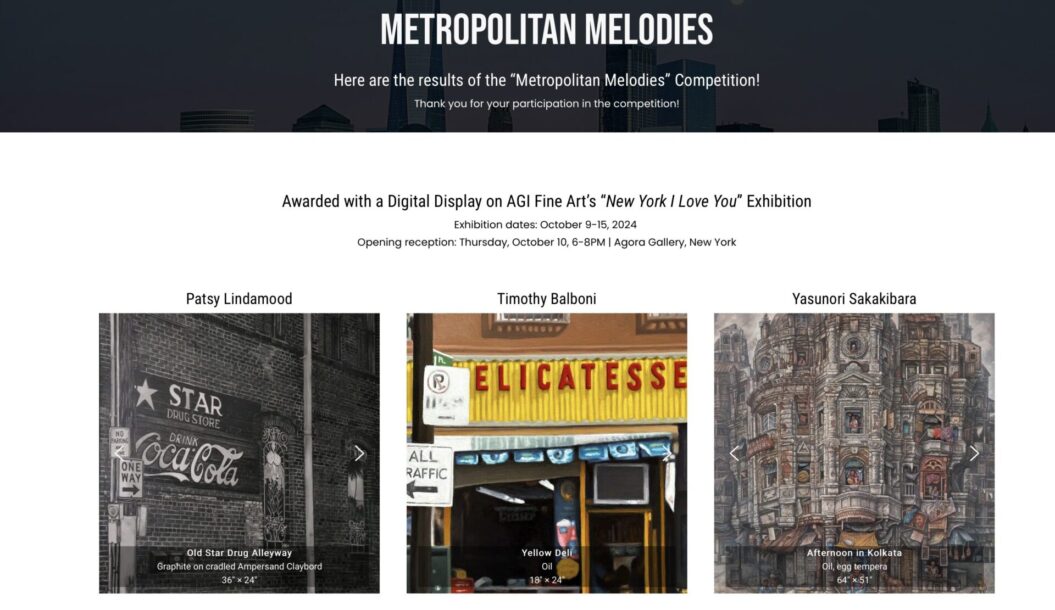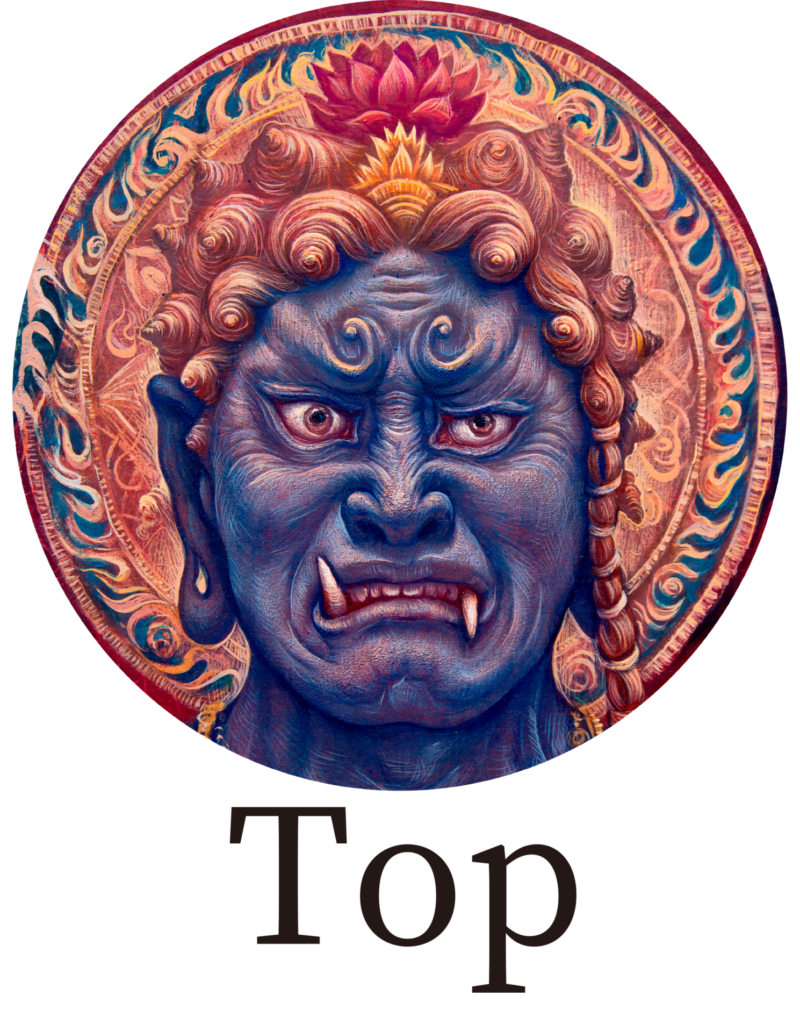Media
Media
This section brings together critical texts, interviews, video materials, and press documents related to my artistic practice.
Rather than presenting my own voice, these materials reflect how my work has been observed, interpreted, and discussed by others across different cultural and geographical contexts, including Japan, South and Southeast Asia, and the Pacific region.
Through essays, conversations, and visual records, this archive offers multiple perspectives on my work and its ongoing dialogue with place, memory, and human experience.
⸻
🔹 Critical Texts
Essays and critical writings by poets, critics, and writers who have engaged deeply with my work and its philosophical and cultural background.
⸻
🔹 Interviews
Conversations with journalists and writers, focusing on my artistic process, fieldwork, and experiences in different cities and regions.
⸻
🔹 Video
Video materials including interviews, documentaries, and field recordings that document both my work and the environments in which it was created.
⸻
🔹 Press
Exhibition posters, newspaper articles, and published materials documenting exhibitions and public presentations of my work.

THE SUNDAY POST SUNDAY, JUNE 5, 2016
Traditions remembered,disputed
Contemporary meets traditional painting, carving, dance and film at museum
Story & photos by Amanda Pampuro
“The Festival of Pacific Arts has come and gone, but the Guam Museum, a concrete wonder of sling stone and steel, will stand for many years to come. Nestled strategically
between Chamorro Village and Dulce Nombre
de Maria Cathedral-Basilica, the building bridges
the shoreline and innards of the capital city, and
gives a great excuse to park far and walk.
In its first week of life, the museum has hosted
dozen of films and dances from local and visit-
ing festival delegates. Inside, three exhibition
halls packed in paintings, carvings, weav-
ings, sculptures, videos, and photos reflecting
commonalities – the beauty of our beaches and
our fear of being forgotten – and our distinct
differences for the tide that forms tradition.
beats a little differently against each shore.
From the Solomon Islands Nelson Horipua
brought to Guam a dozen paintings depict-
ing the complexity of legends, old and new.
In “Mind of Determination,” he recalls how
the laziest boy in the village entered a fish-
ing contest to win the marriage of the chief’s
daughter. With determina-
tion and the help of the gods,
he proves to be much more
than useless. The charac-
ters of this story are woven
together into a surrealistic
and symbolic wave. Try to
figure out the riddle before
you read the artist’s key. In
“Food Security,” Horipua
brings to the foreground one
of the greatest issues threat-
ening life in the Pacific –
climate change. With a keen
aesthetic balanced between
old and new, Horipua’s fables
I will ring true throughout the
blue continent.
How often does Guam
I have a renaissance-trained
artist turn his eye on her
history? Guam transplant
and Japanese painter, Yasu-
nori Sakakibara, returned
to Guam with his “Warrior
of Guam” finally complete.
“Warrior of Guam,” acrylic
by Yasumori Sakakibara
Both a love letter to Guam and a tapestry of
her history, this painting is worthy of a museum
and must be explored in person.
In a single sculpture, Rebecca Rae Davis
confronts the reality of Apra Harbor’s marine
life. “Bondage of Guam” depicts a small reef,
wrapped in a chain with a gift tag: Prop-
erty of U.S. Government. A minimalist artist,
with impact in every stroke, Davis reflects in
“Contact” the somewhat miraculous, almost
heavenly way history books depict the moment
the military entered Guam: like a golden anchor
descending from the sky. On
brown parchment paper,
with a package of colored
pencils Davis confronts the
reality others would rather
hide behind their palm trees.
It’s easy to fall in love with
an island for its tropical
beauty, and the museum has
no shortage of breathtaking
beach scenes. Lindsay Kane,
on the other hand, followed a
strange vision and drew her
own “Jungle” as if made from
hands. Instead of breadfruit,
palm leaves, and sword
grass, she drew fingers and
fists holding those shapes –
from far away you couldn’t
tell the difference.
Up closethe scene springs into a
strange and frightening
daydream. But hey, if you
thought the banana leaves
were that sensitive, wouldn’t
you watch your step?


SUNDAY, MAF
The first landscape Yasunori Sakakibara painted on Guam overlooks Hagåtña from Nimitz Hill. Among the buildings S scattered across the image, the old Naval Hospital might stand out, if only because it was torn down shortly
after it was captured. This is how artwork becomes
important as a historical record, on an island with
an ever-changing landscape.
Though he had no way of knowing the building
would disappear, Sakakibara captured the scene
with the remarkable detail of a novelist. Each indi-
vidual house, shown
only from a distance, is
rendered with its own.
personality, as though
the owners might be
called in to identify their
home.
Yasunori Sakakibara
Over the weeks that
he worked on the view
of Hagåtña, the weather
changed often. Some-
times it was sunny and
sometimes it rained and
eventually the sun set. Therefore Sakakibara had
to figure out how to combine varying ephemeral
elements to tell the story of the whole. In the final
picture, a light rainbow fades into existence on one
edge, while storm clouds gather on another.
Before he begins a painting, Sakakibara often
spends a week just drawing it out in pencil. Then
he uses photos for reference, but paints from life,
whenever possible.
“This is a very important question,” he said. The
camera cannot capture everything because the
human eye has two lenses and the camera only
one.”
A native of Okazaki, Japan, Sakakibara was
trained in traditional renaissance style at Tama
Art University, working with egg temper and oil
paint. Fresh out of school, his style was very realis-
tic, but changed with each of his trips to Thailand,
India, Napal, and Hong Kong. When he reached
Guam, his work further broke away from the real-
ism he was taught, as he discovered an island full Yasunori Sakakibara paints a karabao for the Japanese School in Mangilao. The statue was donated by Kwikspace
of vivid colors.
“Tumon is just one part of Guam. True Guam
is in the jungle,” and Sakakibara loves to sketch
while he is hiking, down to San Carlos Falls and
Cella Bay. “In Buddhism,” he explained, “there is
a god in everything, looking back at us, much like
the Taotaomona.” There is something great and
president Peter Gill.
Sakakibara’s most recent project created
some very interesting obstacles. When the
president of Kwikspace, Peter Gill, donated a
karabao statue to the Japan School in Mangi-
lao, he asked Sakakibara to paint it. Moving
10, he has spent many afternoons at the Japa-
nese school, using his hand as a pallet and work-
ing to give the animal life. In its current form, the
animal seams to be growing out of its platform,
into a wild jungle, that meets the sea on its hark









